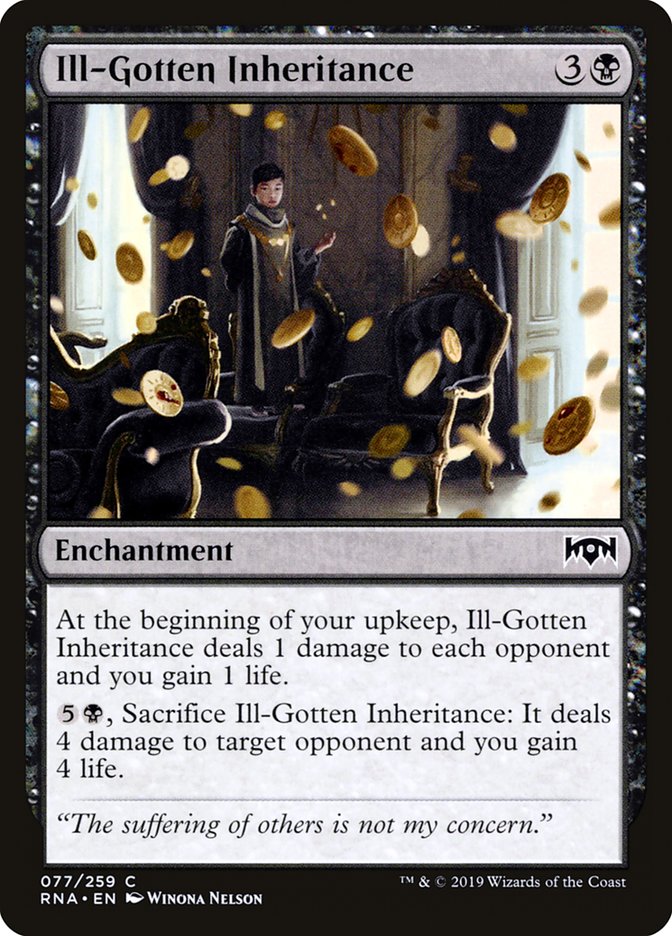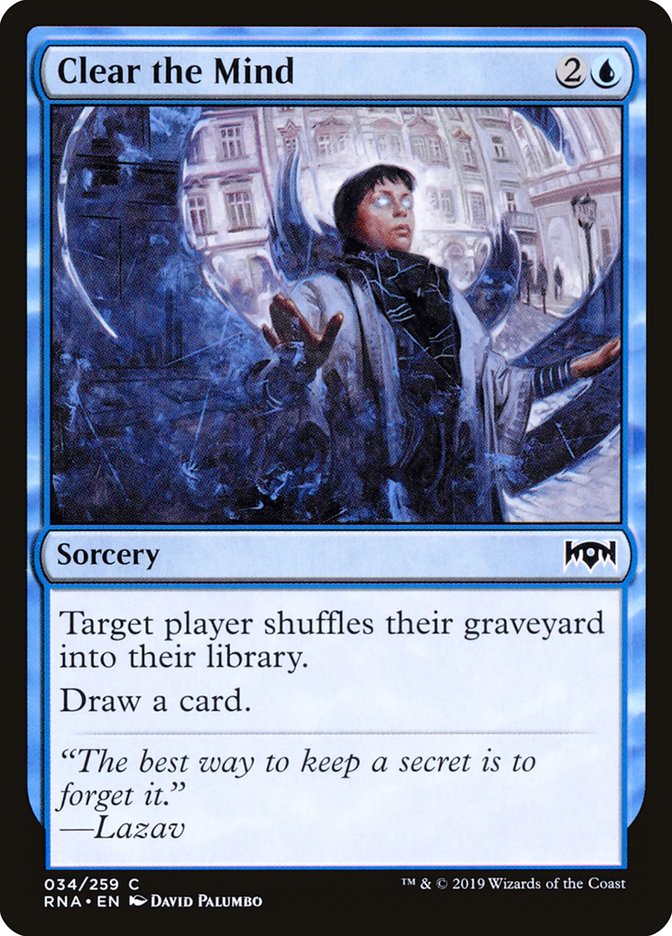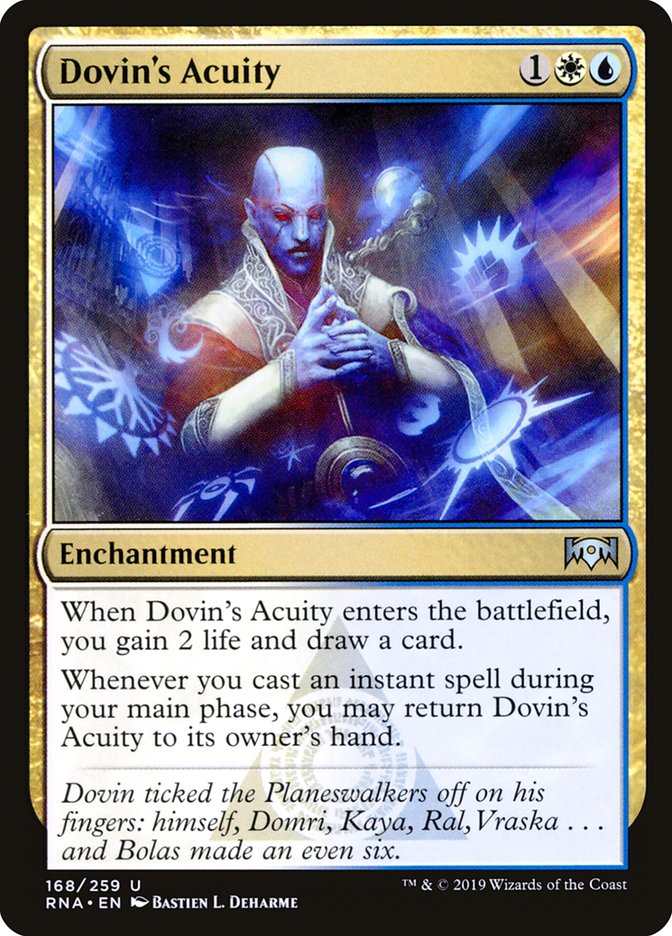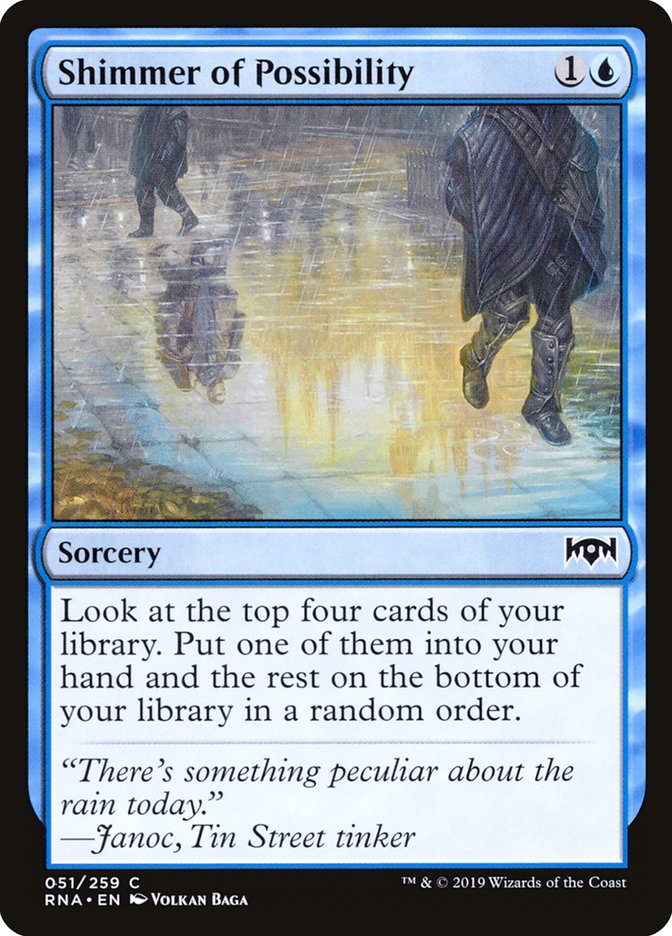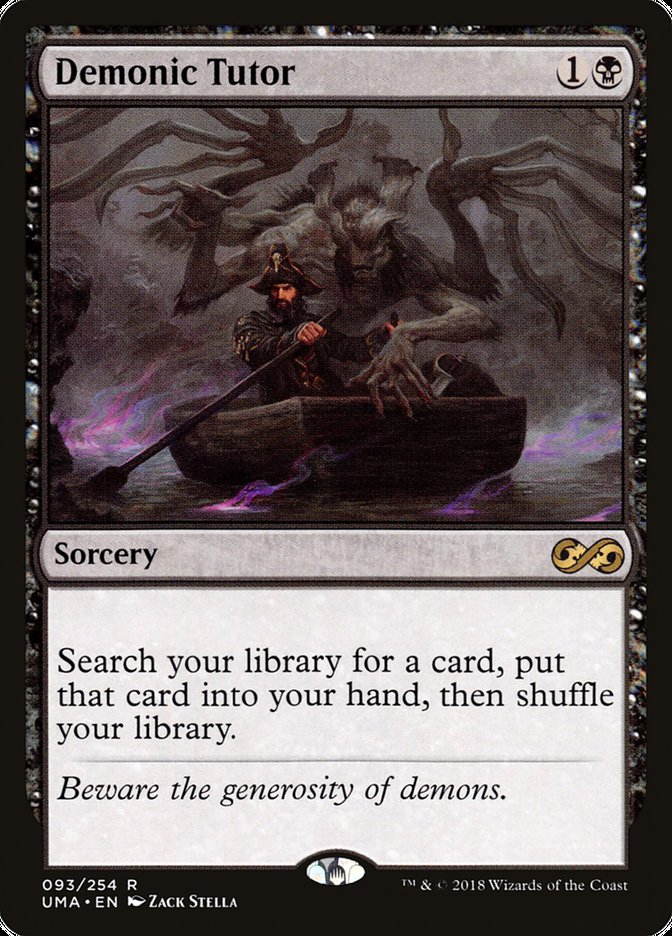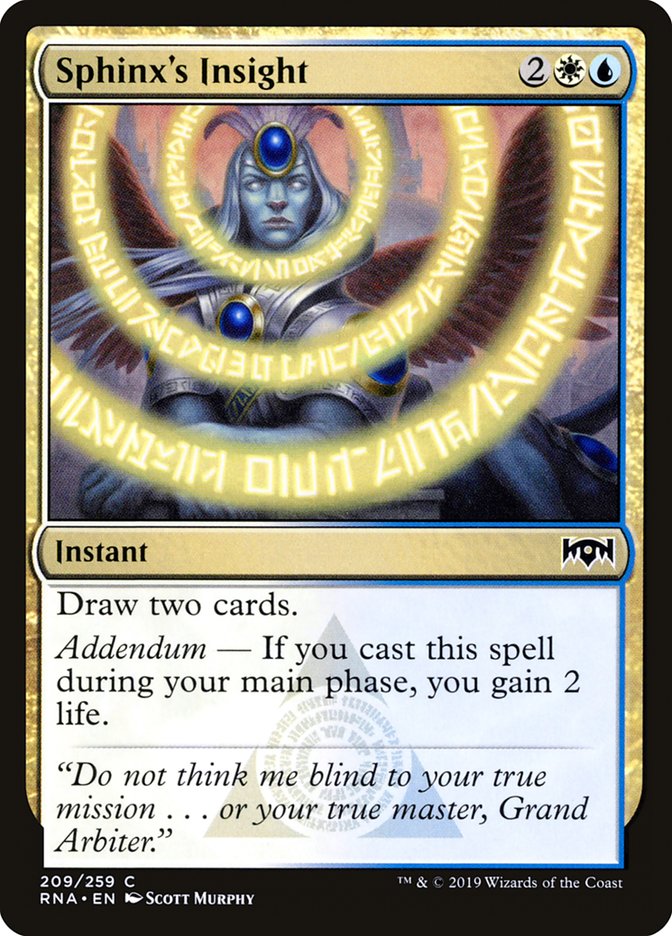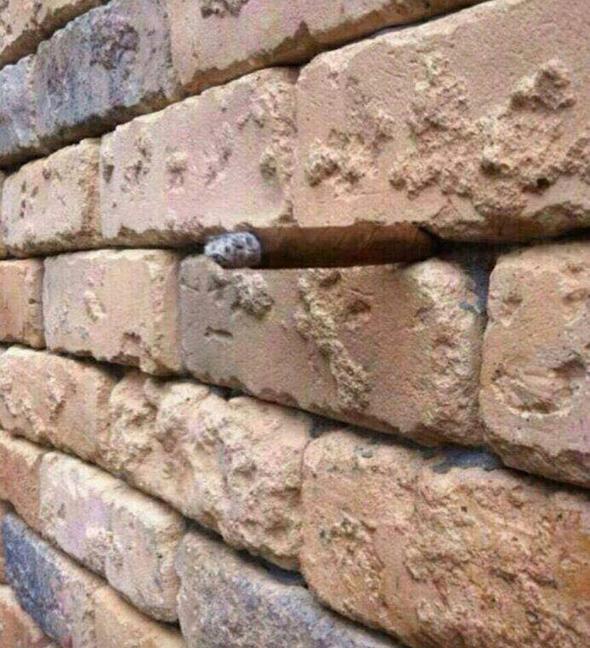
Look at the above image. Does it look like a normal wall to you? Nothing out of the ordinary? Look again. The article can wait.
Have you figured it out? If not, give it a couple of minutes.
When you see what’s hidden in the image, or give up, click below.
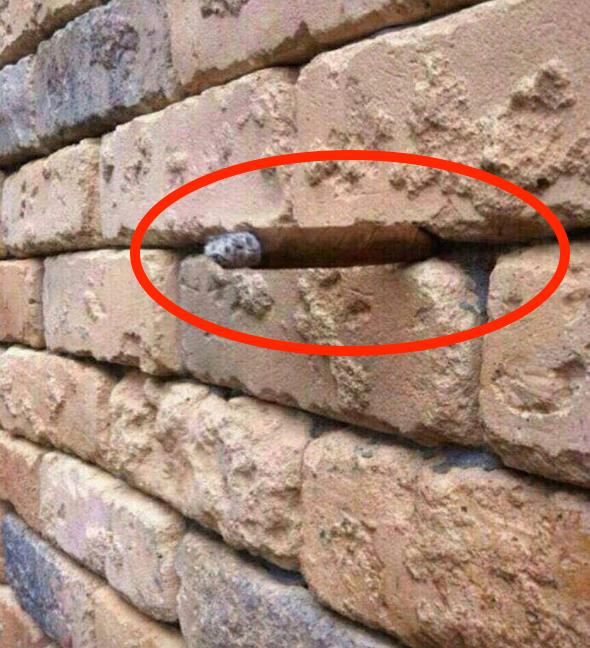
There’s a class at New York University titled “The Nature of Success.” At the beginning of a lecture, the professor shows this image. A student has yet to see the cigar immediately. Students shout out guesses: “There’s a weird rock in the middle,” “The bricks look like they’re wearing away,” and more. After a couple of minutes, somebody gasps and points out the cigar smack in the middle of the wall.
It’s entirely normal to miss it. The brain is built that way. Everybody has some preconceived notion of what a wall is. When I tell you to look at a wall, you have a variety of expectations before you look. The cigar is placed where you would expect to see the underlying shadow of the above brick, and so you process it as such. This is natural, but it’s this natural way of processing information that leads many astray from optimal evaluation in Magic.
Just like a wall, you have some preconceived notion of Draft. Removal is good, a 4/4 for four mana is a good rate, two-drops are important, and the list goes on. The less you know about any given format, the more you lean on your prior knowledge to guide you. This isn’t a bad thing. Using prior knowledge is necessary; otherwise there would be too much information to parse. However, it’s important to look for when this information deceives you.
Confirmation bias is the tendency to interpret new information as confirming of one’s existing beliefs. If you only look for information that confirms what you already know, you can’t learn. This way of thinking happens naturally. Many players plateau, and what’s halting their improvement is confirmation bias. Look for disconfirming information, results and outcomes that are not in line with your existing beliefs.
The first week of Ravnica Allegiance Draft, Ill-Gotten Inheritance went around and around at the draft table. It was common to see the card in the last couple of picks of Pack 1. Now that’s pretty much unheard of. Based on the majority of Limited heuristics, an enchantment that doesn’t impact creatures or combat in any way is not worth four mana. What turned out to be one of black’s best commons started out as a card most drafters disregarded. That’s okay. That will happen. And it’s something to capitalize on.
It takes a while for the entire community to catch wind that a card is better or worse than its initial evaluation. If you can identify a delta between the actual value of a card and its perceived evaluation, then you gain an advantage during the draft. In the case of Ill-Gotten Inheritance, that week I could draft black decks assuming I would get multiple copies of the notorious enchantment. I came to the conclusion that Ill-Gotten Inheritance was good because I looked for the scenarios where it shined.
I thought the card was bad. When my opponent played the card and it did nothing, I thought nothing of it. There’s no need to focus on that piece of confirming information. But when my opponent played Ill-Gotten Inheritance and it was good, my first reaction was to ask why. What about this scenario optimized Inheritance? Is that scenario common? Soon after that I came to the realization that Ill-Gotten Inheritance is well positioned against all the nongreen decks in the format.
Your opponents will play cards that you think are bad. Do not dismiss them. You are substantially less likely to play with a card you think is bad because it won’t make the final cut. When an opponent casts such a card, ask questions. Take it as an opportunity to understand when and how this card can be good. It’s not an easy habit to start, but otherwise you’ll never see the cigar in the wall.
Sometimes a format has a hidden gem, an archetype that’s powerful but not in line with what those colors are supposed to do in the set. These archetypes are almost always more than the sum of their parts, a collection of cards, many of which are regarded as unplayable, or at least below par. However, when drafted together, it makes for something wonderful. In Ravnica Allegiance, this started as the Dovin’s Acuity deck. If you were lucky enough to see a copy of Acuity, you could create an engine that the rest of the format can’t compete with. And for the first couple of weeks of the format, Dovin’s Acuity wasn’t a high pick.
The architecture of this archetype evolved over time. And the only reason the archetype arose is that players, me included, were willing to experiment with cards commonly regarded as bad. What qualifies as “good” is conditional on the surrounding environment. It’s possible to discern a scenario where a bad card, such as Clear the Mind, shines. I sat in my apartment with Adrian Sullivan the Thursday before Grand Prix New Jersey speculating on what could push the archetype over the edge. This discussion sparked because Adrian said, “Dovin’s Acuity is a bomb,” and this threw me off guard as I had assumed Acuity was mediocre. I immediately wanted to focus on this and started going through the commons I had overlooked that could optimize the combination of Dovin’s Acuity and Clear the Mind.
The biggest observations were that the combination of Sphinx’s Insight and Dovin’s Acuity builds your own Sphinx’s Revelation, and that if you have multiple copies of Shimmer of Possibility, they turn into Demonic Tutor once you start recycling your deck with Clear the Mind. Adrian and I immediately drafted a deck that fit the theory we crafted. More importantly, we questioned every part of the deck and the game. When cards behaved as expected, great, but we focused on when they didn’t. We looked for disconfirming information to keep everything in check.
Eventually this deck became a known force. Ben Stark drafts it on stream often, Lords of Limited discusses it in depth, and Andrew Cuneo worked on it to the point where Team Ultimate Guard sought after the archetype at the most recent Mythic Championship. Not only is the deck real, but when it comes together it’s the best deck in Ravica Allegiance Draft. It’s a cigar in the wall. Using all prior knowledge and assumptions about Draft, this archetype doesn’t exist. It can’t. If you don’t learn to question your assumptions and beliefs, you’ll never dig up gold.
I could go through story after story of hidden archetypes in Limited. I was at a draft camp where Christian Calcano’s affinity to Slither Blade and the cheapest Cartouches in Amonkhet was ignored and dismissed rather than explored. And it just so happens that Slither Blade was a breakout archetype in Draft at that Pro Tour and took Calcano all the way to the Top 8! Confirmation bias happens at the highest levels of play, and if you want to discover the cigar in the wall for War of the Spark, start putting in the effort to avoid this way of thinking. When you come across a scenario that’s at odds with your existing beliefs, focus on it. Question it. Learn.


